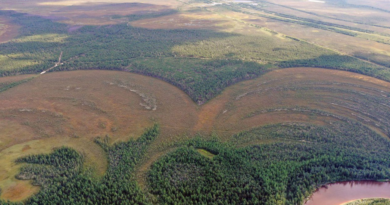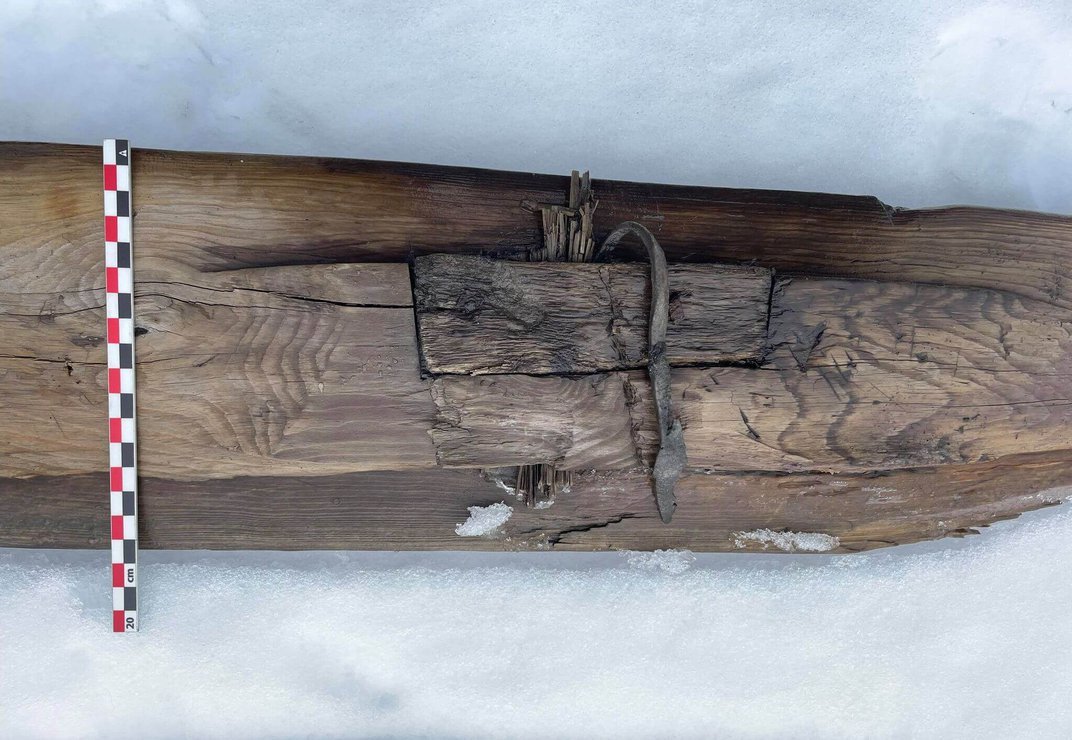Exciting Discovery: Evidence of 9th Cohort of Batavians Unearthed at Roman Vindolanda
Volunteer archaeologists have made a remarkable find at Roman Vindolanda, unearthing compelling evidence of the 9th Cohort of Batavians, shedding new light on the history of this ancient Roman site.
Vindolanda, which translates to “white field” or “white moor,” served as a Roman auxiliary fort near Hadrian’s Wall, safeguarding the vital Stanegate highway. Over time, no fewer than nine forts were constructed at Vindolanda, spanning from AD 85 to 370. This unique archaeological site in Britain has unveiled a rich tapestry of frontier life.

Today, Vindolanda remains an active archaeological site, renowned for previous discoveries of impeccably preserved artifacts such as shoes, textiles, wooden objects, and the celebrated Vindolanda tablets—Britain’s oldest surviving documents, dating back to the 1st and 2nd centuries AD.
Recent excavations have yielded a copper alloy lion head pommel dating from AD 90 to 105, a period coinciding with the presence of the 9th Cohort of Batavians at Vindolanda. This cohort, a mixed infantry-cavalry unit comprising approximately 1,000 men, hailed from the region near the mouth of the Rhine, close to the modern city of Nijmegen in the Netherlands.
The Batavian soldiers were initially dispatched to Britain during the conquest period in AD 43 and played a notable role in the conflict on Ynys Mon (present-day Anglesey), launching an amphibious assault on the Druid stronghold.
Excavations at Vindolanda have revealed more intriguing finds, including a bone-handled knife from the same period, a mortarium sherd displaying evidence of repair with lead and copper alloy, a pit containing hundreds of nuts—predominantly hazelnuts—dating from AD 105-108, and samian pottery featuring a hare motif.
This season also marked the initiation of a groundbreaking five-year project focused on excavating Roman Magna, a fort predating Hadrian’s Wall. Its purpose was to guard the intersection of the Maiden Way Roman road and the Stanegate.
Dr. Andrew Birley, the Director of Excavations for the Vindolanda Charitable Trust, emphasized the significance of this undertaking, stating, “Magna has been patiently awaiting the opportunity to reveal its story and history for thousands of years, and that time has finally arrived. This project is of utmost importance, especially as we confront the challenges posed by the rapidly changing climate, which threatens the preservation of invaluable buried archaeological deposits. Our ability to explore and comprehend our past relies on efforts like these.




